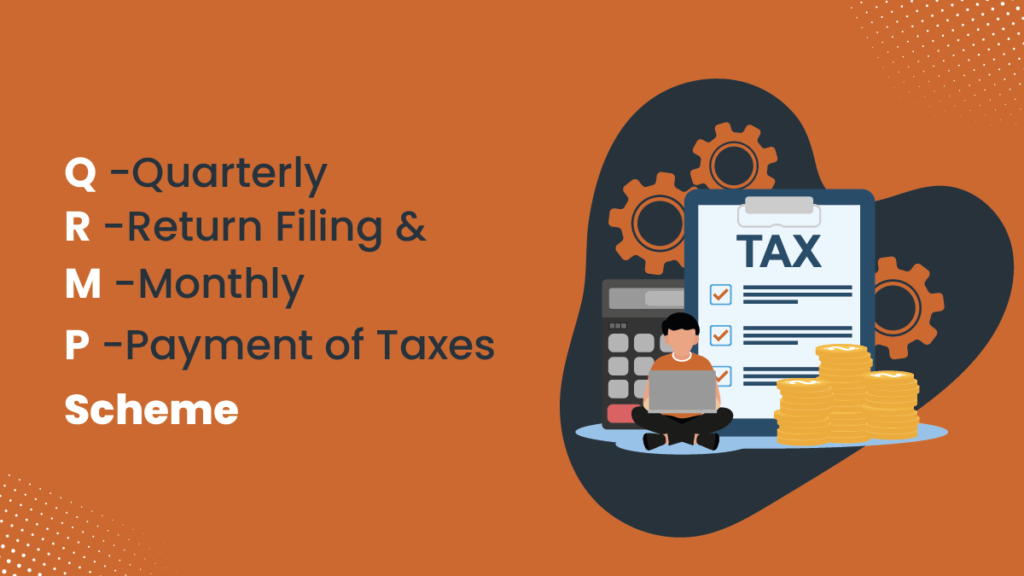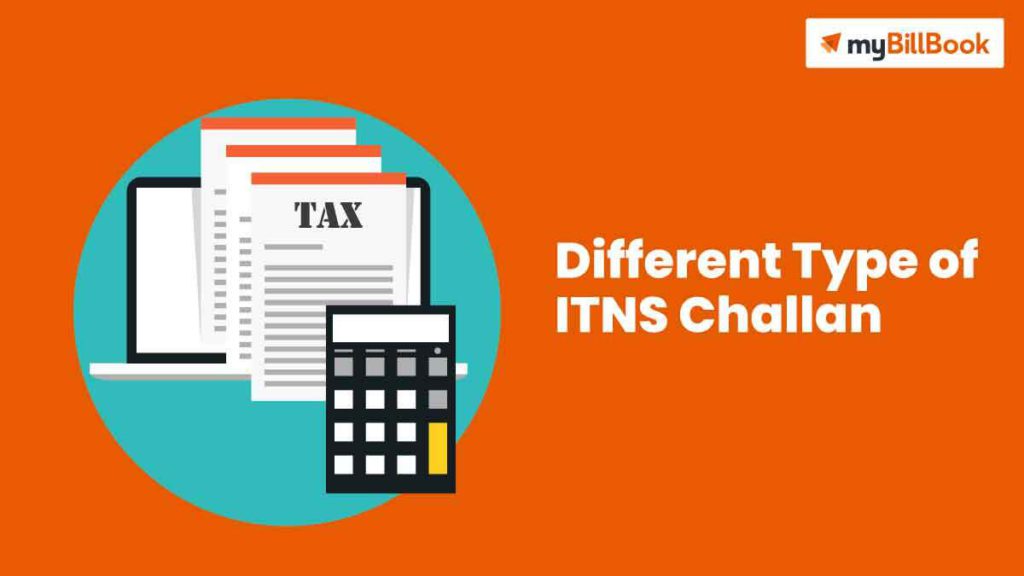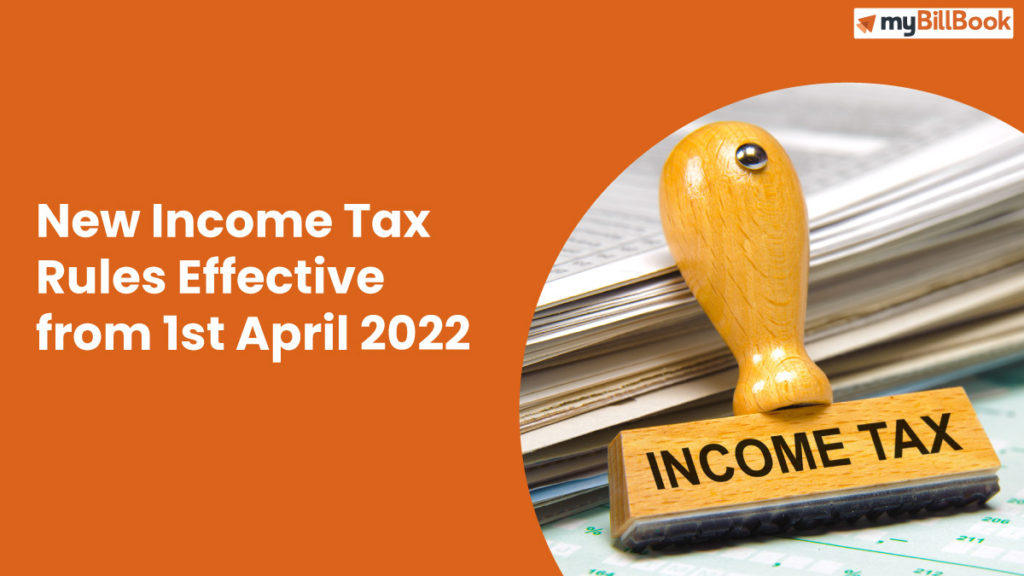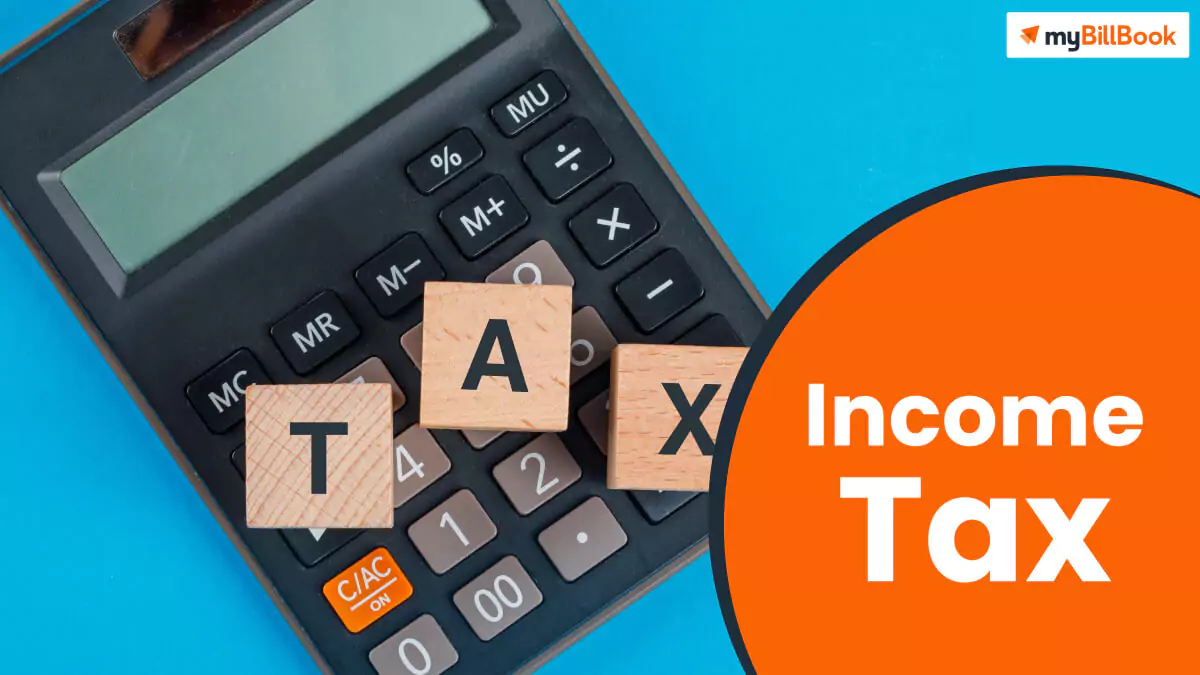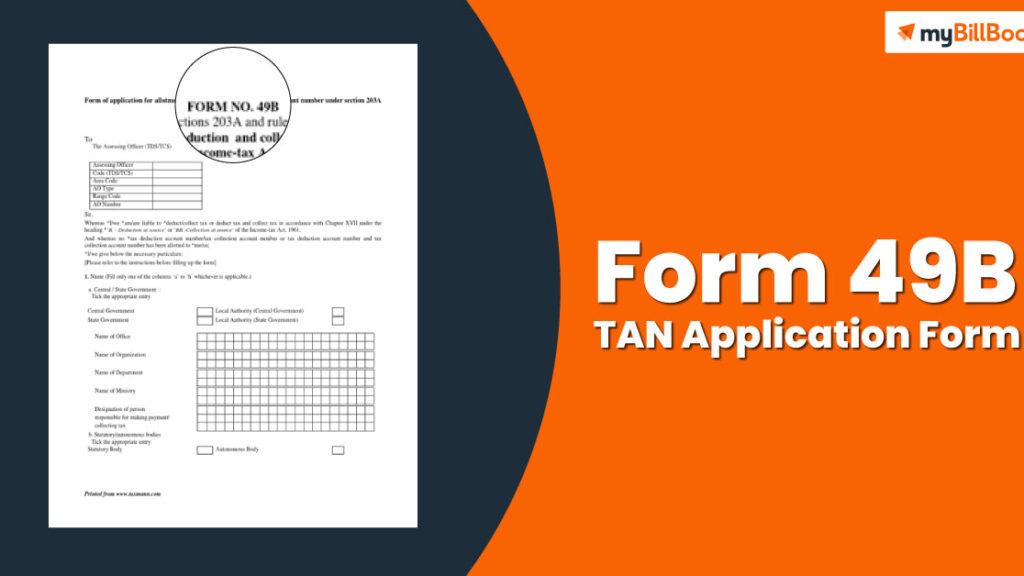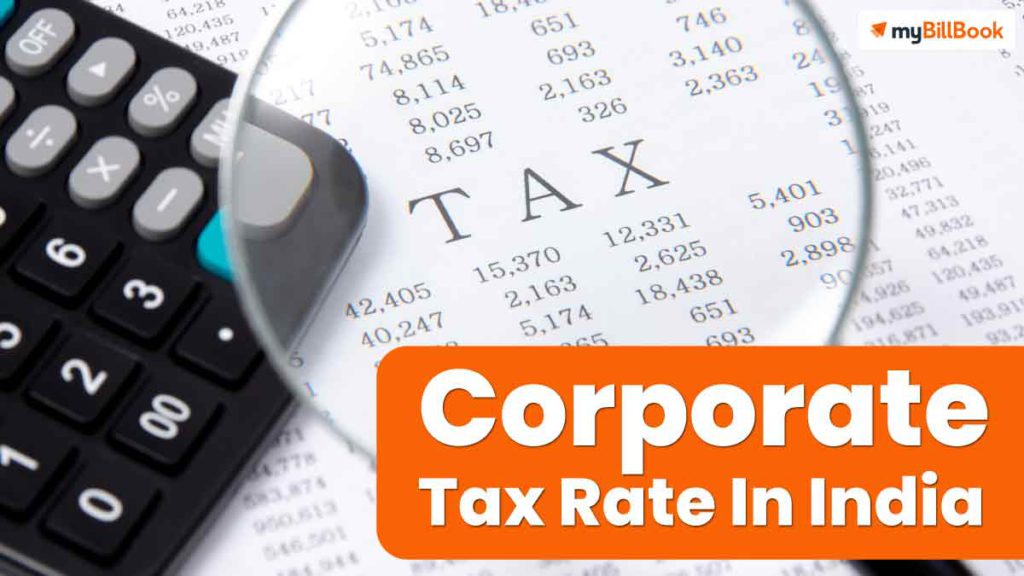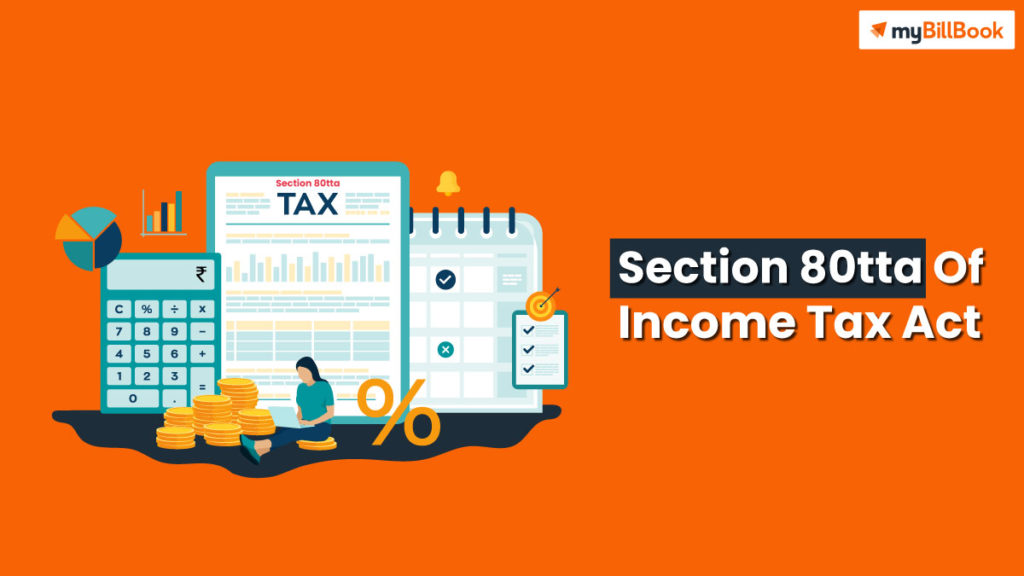The Indian government has introduced the QRMP plan to make it easier for small business taxpayers to file taxes. What is the QRMP scheme? The Quarterly Reports Monthly Payment (QRMP) program, which is in effect as of January 1, 2021, enables registered taxpayers with combined revenue of up to INR 5 crores in the most… Continue reading QRMP Scheme
Category: TAX
Read Articles on TAX
Form 16A
Before the ITR filing process, there are many documents you need to keep in handy. Form 16A is one among them. What is Form 16A? Form 16A is a document every employer of an organisation maintains for its employees. The document states the income sources of the employee and is more like a TDS(Tax Deducted… Continue reading Form 16A
Different Types of ITNS Challan
In earlier times, tax-paying used to be a manual job. An individual or a company had to pay their taxes at their respective banks, and then the Income Tax Department would collect the taxes through the banks. This process was quite difficult, and there was a lot of cheating involved. Many times, people or companies… Continue reading Different Types of ITNS Challan
TDS Challan ITNS 281
A TDS challan is a document that deposits taxes deducted at source (TDS) with the government. The challan records taxpayer details, the tax amount, and the period for which the tax has been deducted. What is TDS Challan 281? A challan is a formal receipt that confirms a payment. As per the Income Tax Act… Continue reading TDS Challan ITNS 281
New Income Tax Rules Effective from 1st April 2022
The month of April marks the beginning of a new financial year in India. With the new beginning comes the new changes in taxation and other financial matters. 2022 also brought certain changes to the income tax rules, which become effective from 1st April. Let’s take a look at the new changes and measures we… Continue reading New Income Tax Rules Effective from 1st April 2022
Section 80TTB Of Income Tax Act
Senior persons have the right under 80TTB to claim a greater deduction for interest income generated on deposits. It is intended to assist elderly persons in maintaining a good living after retirement, as many rely on their interest income money for these costs. The goal is to provide significant assistance to elderly persons so that… Continue reading Section 80TTB Of Income Tax Act
Income Tax
“No revision has been made to the existing income tax slabs in the recently announced Union Budget 2022″ Taxes are collected on its inhabitants by governments to produce money for initiatives that increase the country’s economy and enhance residents’ standard of living. The Government’s ability to charge taxes in India is derived from the Indian… Continue reading Income Tax
Form 49B – TAN Application Form
What is TAN full form? Full form of TAN is Tax Deduction and Collection Number . What is TAN Application Form 49B Form 49B is the application individuals can use to apply for a new Tax Deduction and Collection Number (TAN). The form is available at any TIN facilitation centre for receiving e-TDS returns. A… Continue reading Form 49B – TAN Application Form
Corporate Tax in India
Introduction to Company Income: Before learning about tax rates and how they are determined, we need to know about the types of income a company makes. It is as follows: A corporation is a legal entity distinct from its stockholders. Under the Income-tax Act, both domestic and international corporations are required to pay corporate tax. The… Continue reading Corporate Tax in India
Section 80TTA Of Income Tax Act
80TTA is an interest income deduction section of the income tax act that is available to resident individuals and Hindu United Families (HUF). Section 80TTA talks about the interest income deduction of INR 10,000. In this article we’re going to take a deeper look at section 80TTA, all its effects, how do you claim it… Continue reading Section 80TTA Of Income Tax Act

